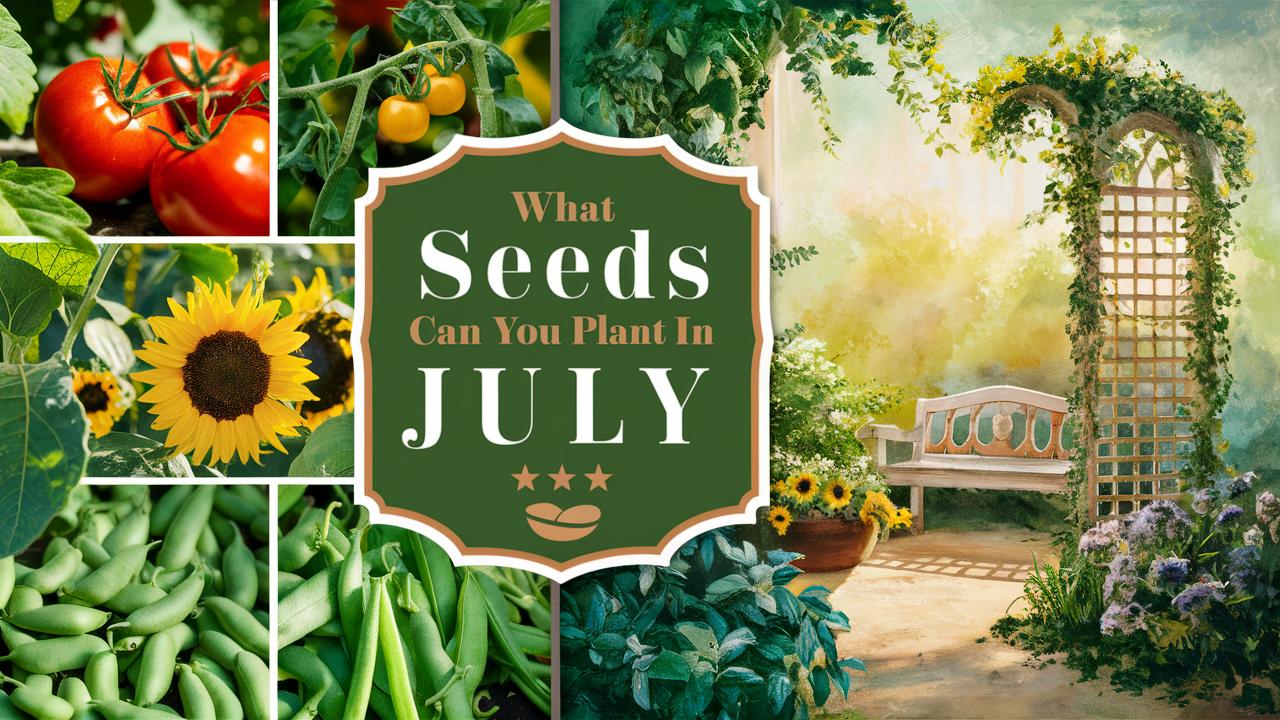Whether you have a sprawling garden or a small balcony, here is a comprehensive list of seeds you can sow in July, along with tips on ensuring a successful harvest.
Kale

Kale is one of the hardiest leafy greens and thrives in cooler weather, making July an excellent time to plant it for a fall harvest. When sowing kale seeds in early to mid-July, choose a location that receives partial shade during the hottest parts of the day. Kale grows best in well-drained, nutrient-rich soil. It’s important to keep the soil consistently moist to help the seeds germinate, and once established, kale can tolerate some toughness from the heat. As a bonus, if you plant kale in July, you’ll experience sweeter leaves as they mature with the cooling temperatures of late summer and fall.
Peas
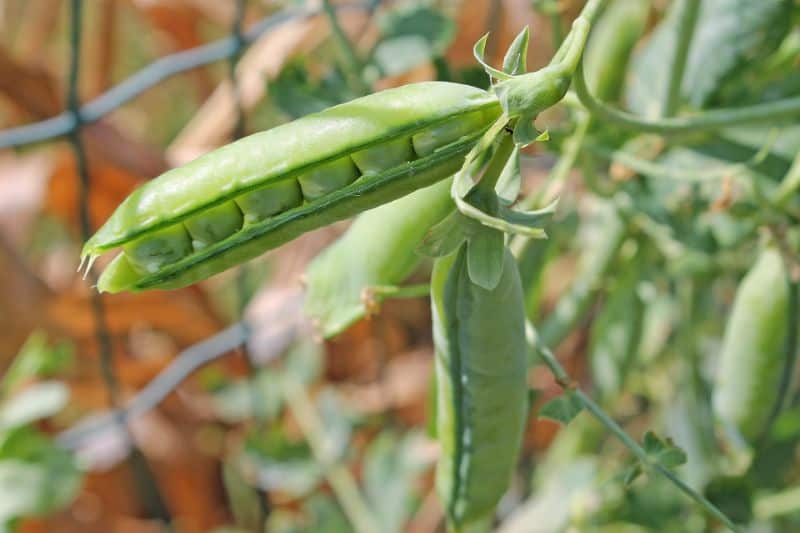
While peas are often associated with spring planting, July is an ideal time for a second round of sowing, particularly for varieties adapted to cooler conditions. Snap peas and snow peas can be planted mid to late July; they grow quickly and are perfect for an autumn harvest. Use a trellis or support to help these climbing plants grow. Peas prefer well-drained soil enriched with organic compost, and regular watering is essential to keep them from drying out. Plus, they can help fix nitrogen in the soil, benefiting subsequent crops.
Cabbage

July is the perfect month to sow cabbage seeds for a fall harvest. You can choose between early, mid-season, and late varieties, depending on your local climate. Starting cabbage in July ensures that it will mature as the temperatures begin to cool down, ideal for enhancing flavor and texture. Cabbage does well in fertile, well-drained soil and thrives with consistent moisture. Space your plants appropriately to allow for adequate air circulation, which helps prevent disease.
Beet

Beets are easy to plant in July and can provide you with both delicious roots and edible greens. They thrive in well-drained, loose soil rich in organic matter. When sowing beet seeds, plant them about 1 inch deep and space them 2 to 4 inches apart. Beets prefer direct sunlight, but they can tolerate some shade during the hottest part of the day. With a little care and attention to watering, you can enjoy the vibrant colors and earthy flavors of fresh beets come autumn.
Lettuce

If you crave fresh salads, July is an excellent time to direct seed lettuce varieties that mature quickly. Leaf lettuce, butterhead, and romaine are all viable options for late summer planting. Choose a spot that receives partial shade, as some varieties can bolt in hot weather. Keep the soil consistently moist, and thin seedlings to allow for proper airflow. With the right care, you can enjoy tender, crisp lettuce leaves even into the fall.
Beans
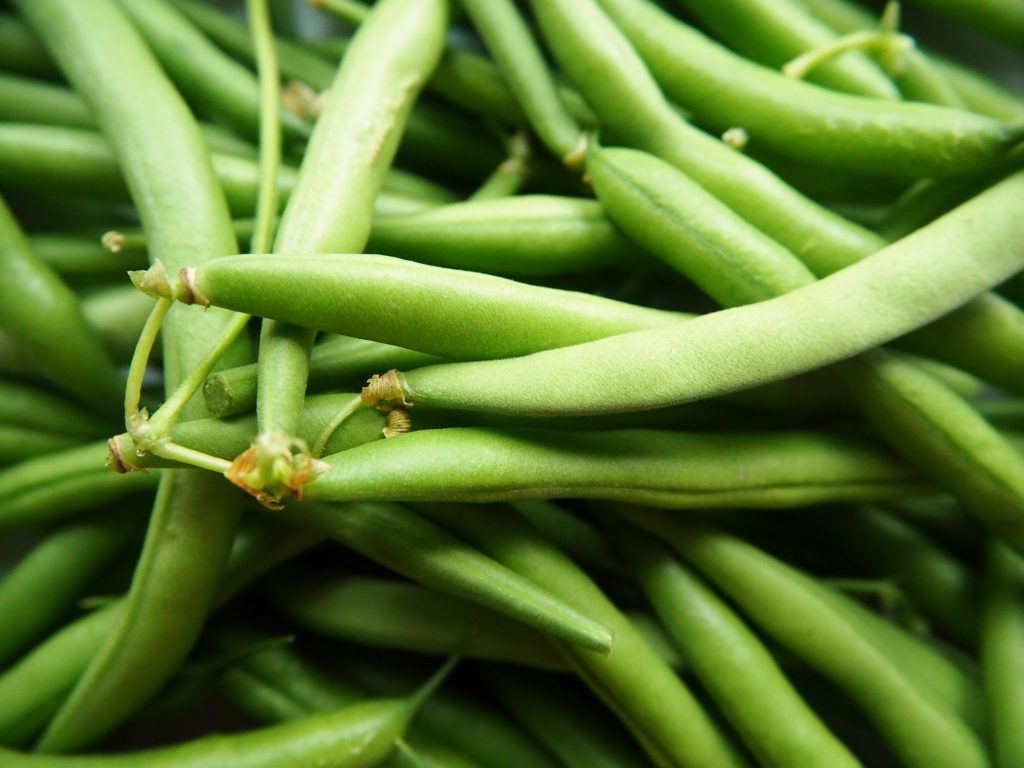
July is prime time for planting both bush and pole beans. These warm-season crops love the heat of summer and will flourish in well-draining soil with plenty of sunlight. When planting beans, space them about 2-4 inches apart and provide adequate support for pole varieties. Frequent watering during their early growth stages helps establish a healthy root system. Beans fix nitrogen in the soil, making them beneficial for subsequent crops you may want to plant later in the season.
Broccoli

Although it may seem counterintuitive, planting broccoli in July can yield a nutritious harvest in the fall. It’s best to start seeds indoors and transplant them outside in mid to late July. This cool-weather crop does well in rich, well-drained soil and needs plenty of sunlight to grow strong and healthy. Remember to set the plants 18 inches apart and water regularly to keep the soil moist. With proper care, you can enjoy fresh broccoli spears in the cooler months.
Carrots
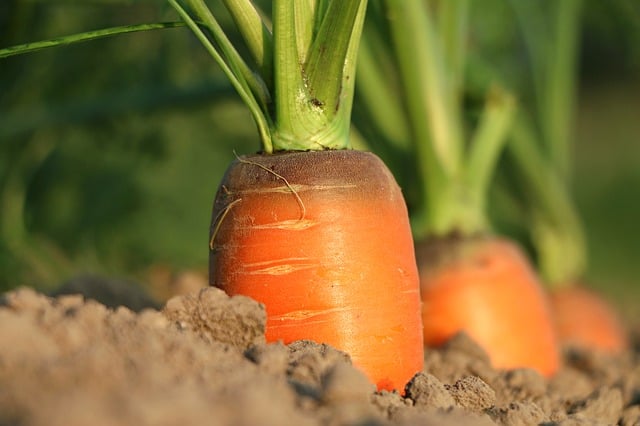
Carrots are a great choice for July planting, as they are quite resilient and can grow well into fall. You can sow both early and late varieties in this month. Carrots prefer loose, sandy soil to allow proper root development, so make sure to prepare the bed well. Directly sow seeds about ¼ inch deep, and keep the soil consistently moist during germination. As they mature, thinning may be needed to prevent overcrowding, allowing your carrots to flourish and develop their sweetness.
Corn
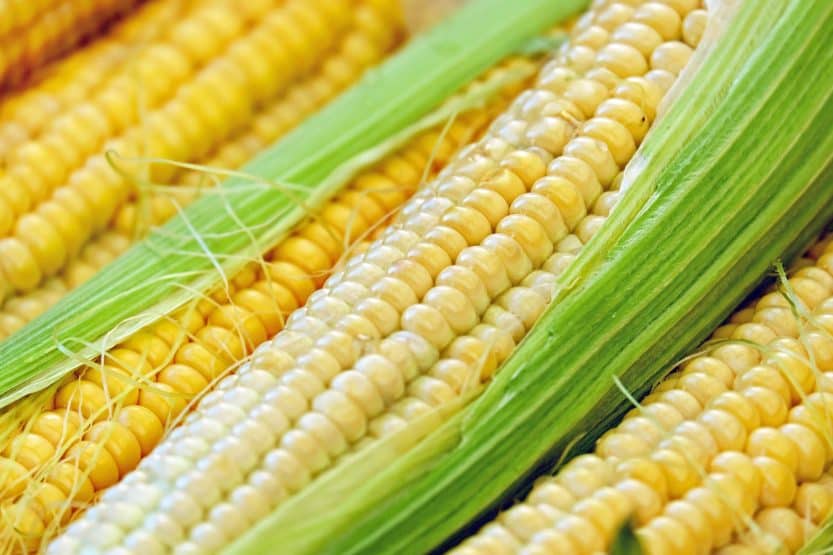
Planting corn in July can yield an excellent late-summer harvest, especially if you choose fast-maturing varieties. Corn prefers fertile soil with good drainage and full sunlight. Space seeds about 6 to 12 inches apart, allowing for proper airflow. Corn is wind-pollinated, so planting in blocks rather than rows can improve pollination and yield. As the plants grow, remember to keep the soil moist, as corn requires lots of water during its growing season.
Cucumbers
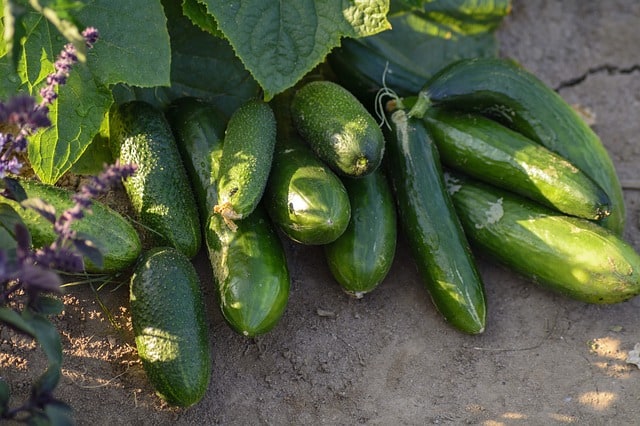
July is a perfect month to plant cucumbers, as these warm-weather crops thrive in the summer heat. Fast-growing and productive, cucumbers can be sown directly in well-drained, nutrient-rich soil. Provide a trellis for vining varieties to save space and ensure good air circulation. Regular watering is crucial to prevent bitter-tasting cucumbers, and harvesting them while they’re still young will improve the flavor. With some care, you’ll find yourself with an abundance of crisp cucumbers for salads and pickling.
Arugula
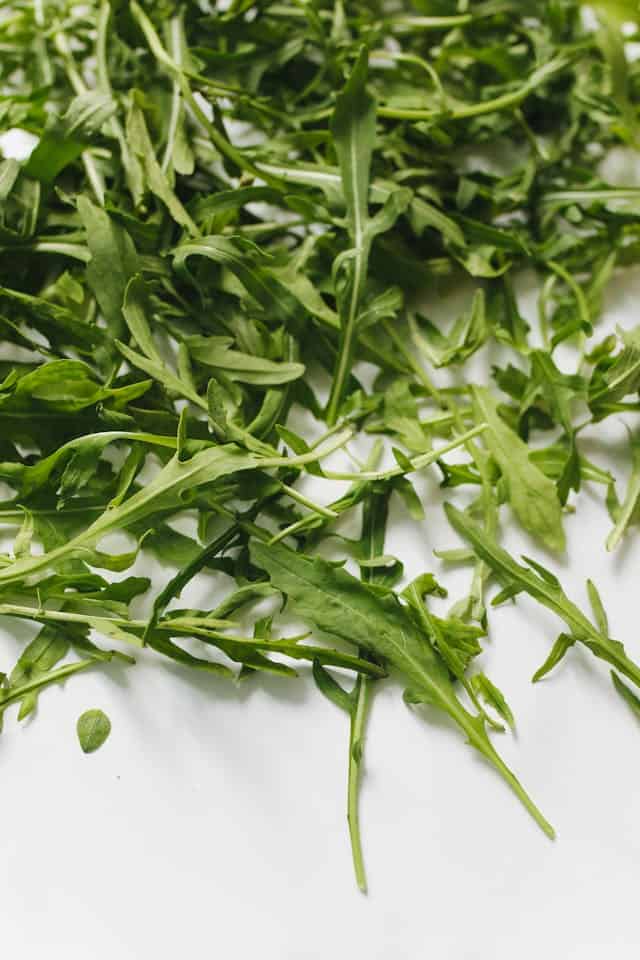
If you’re a fan of peppery greens, July is an excellent time to plant arugula. This fast-growing leafy green thrives in cool weather and can be sown every couple of weeks for a continuous harvest throughout the fall. Arugula prefers well-drained soil and partial shade to prevent bolting in the summer heat. Keep the soil moist, and enjoy its spicy flavor in salads or as a delightful addition to cooked dishes.
Radish
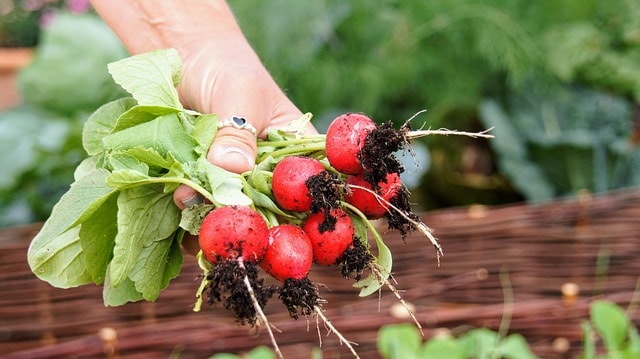
Radishes are one of the quickest crops to mature, making them an easy choice for July planting. With a variety of types to choose from, you can enjoy a succession of harvests throughout the month. These root vegetables thrive in well-drained, loose soil with plenty of sunlight. Sow seeds about an inch apart and keep soil evenly moist to ensure rapid germination. Enjoy the mild and spicy flavors of fresh radishes in salads, or roast them for a delightful side dish.
Zucchini
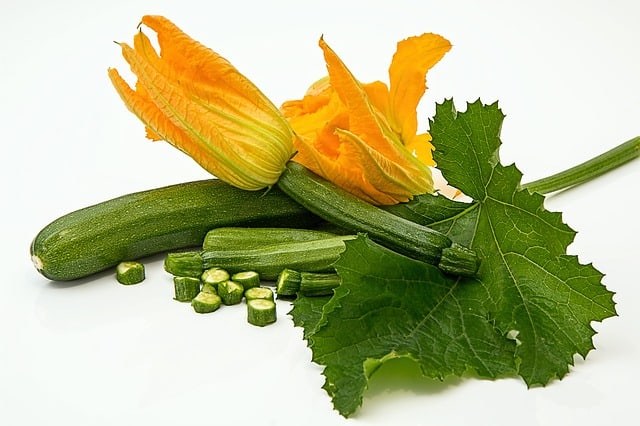
Zucchini is a summer staple for any garden, and planting it in July ensures a productive harvest before the season turns cool. These prolific plants prefer warm soil and plenty of sunlight. Plant seeds in well-drained, nutrient-rich soil, and ensure they have enough space to spread out. Regular watering, especially during dry spells, will help your zucchini thrive. With proper care, you may find yourself with an abundant supply of this vegetable before summer winds down.
Winter Squash
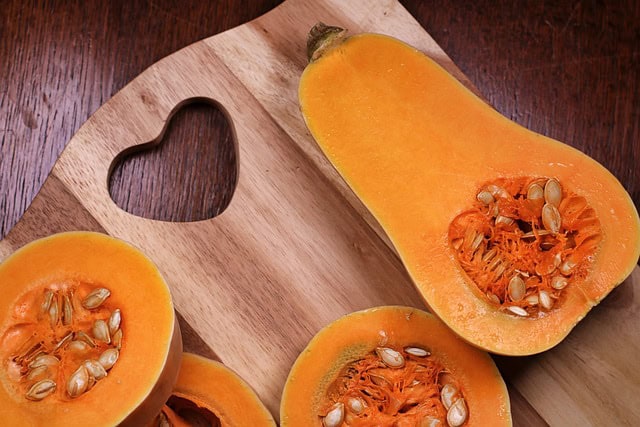
While it may seem late in the season, July is an excellent time to plant winter squash. With vigorous growth, these plants will yield delicious fruits before the frost arrives. Choose a sunny spot with well-drained soil and plant a few seeds 1 inch deep, spacing them around 3 feet apart to allow for their sprawling nature. Once established, regular watering is essential for developing plump, sweet fruits that can be stored for winter meals.
Turnip
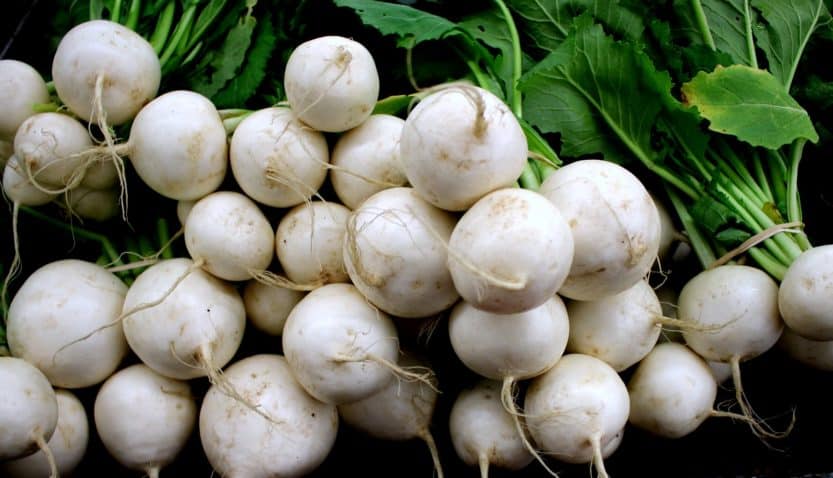
Turnips, often overlooked, are a versatile and hardy crop that can be planted in July. They thrive in cool weather and can be harvested in late summer or fall. Sow seeds directly about ½ inch deep, ensuring adequate spacing to allow for proper root development. Turnips prefer well-draining soil enriched with organic matter. Watering consistently will encourage rapid growth, resulting in tender roots that can be enjoyed in a variety of dishes.
Swiss Chard
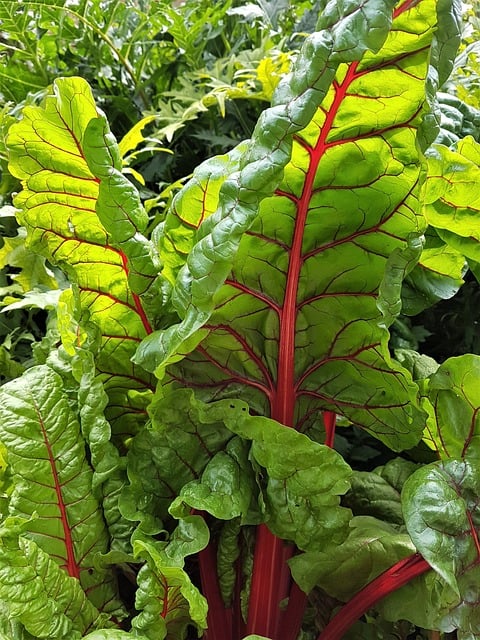
Swiss chard is a stunning leafy green that adds beautiful colors to your garden. July planting is ideal as it can tolerate heat and will thrive as temperatures begin to cool down. With rich, well-drained soil and full sunlight, Swiss chard can produce leaves that are high in nutrients and versatile in the kitchen. Space seeds about 4 inches apart, and regular watering will help keep the plants healthy and vibrant. Harvest the outer leaves to encourage growth and enjoy this nutritious green in salads, soups, or as a side dish.
Coleus
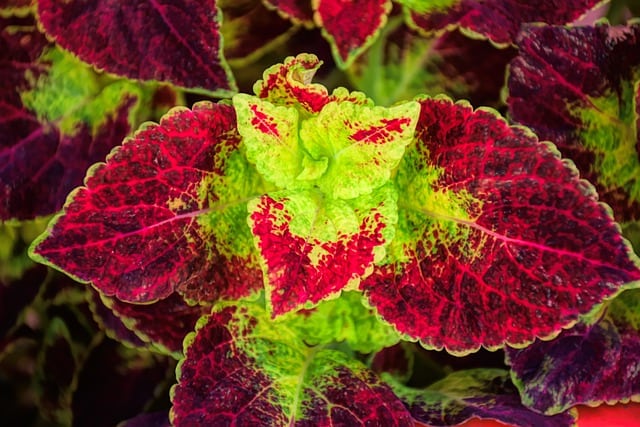
July is prime time to sow coleus seeds, which offer vibrant foliage that can brighten up any garden or container. These plants thrive in warmer temperatures and can be direct-seeded or started indoors. Plant seeds about ¼ inch deep in well-drained soil, and ensure they receive indirect sunlight for better growth. Once established, coleus can tolerate shade and drought, making them an excellent choice for decorative gardening spaces.
Lavender

For those with a love of aroma, July is a wonderful month to plant lavender seeds. This fragrant herb thrives in well-draining soil and warm, sunny conditions. Sow seeds directly outdoors in well-prepared beds, spacing them adequately for airflow. Lavender establishes best when directly sown, though starting indoors is also an option. With a little care and patience, you will be rewarded with breathtaking blossoms and the calming fragrance that lavender uniquely provides.
Moss Rose
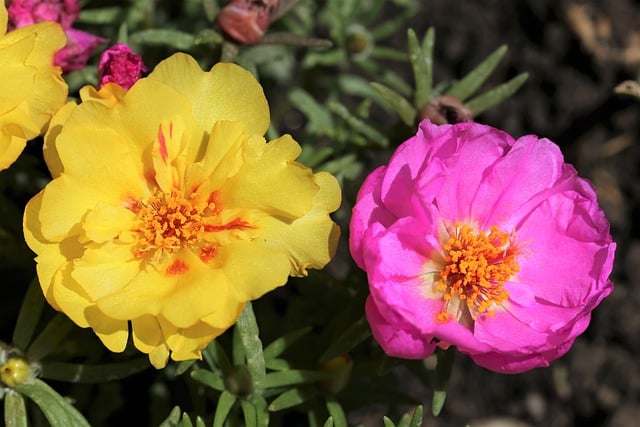
Moss rose, or Portulaca, is a hardy, drought-tolerant plant that thrives in summer heat. July is perfect for directly sowing seeds in well-draining soil and full sun. These colorful, low-growing plants produce beautiful blooms despite less-than-ideal conditions. Space seeds out to provide room for sprawling growth, and enjoy the burst of color they bring to your garden with virtually no maintenance required.
Zinnia
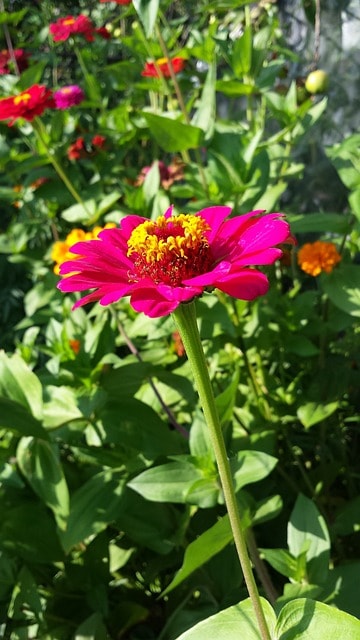
Zinnias are a favorite among gardeners for their colorful and resilient blooms. July is the best time to sow these gorgeous annual flowers, as they thrive in warm weather and full sun. Directly sow seeds in well-drained soil, and thin plants to prevent overcrowding. With minimal maintenance, zinnias can brighten up borders and attract pollinators to your garden. The diversity of colors and forms available means there’s a zinnia for every style and space.
Marigold
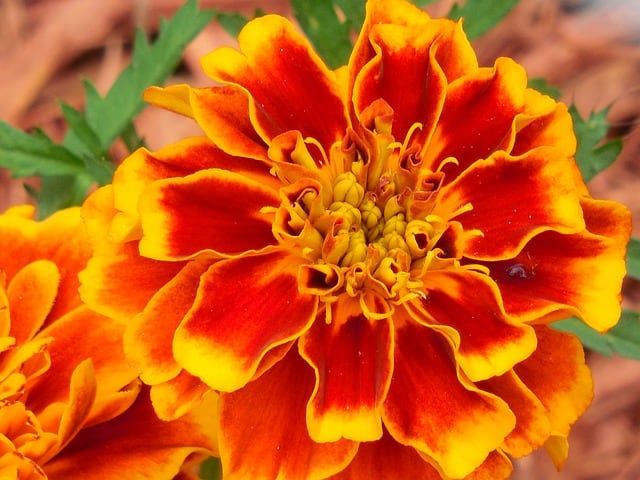
Worthy of any garden, marigolds thrive in the summer heat and are exceptionally easy to grow. Plant marigold seeds in July for a vibrant splash of color and the added benefit of pest deterrence. They prefer well-drained soil and sunny spots, so choose a location that allows for plenty of sunlight. These lovely flowers can bloom until frost, providing continuous beauty and attracting beneficial insects to your garden.
Forget Me Not
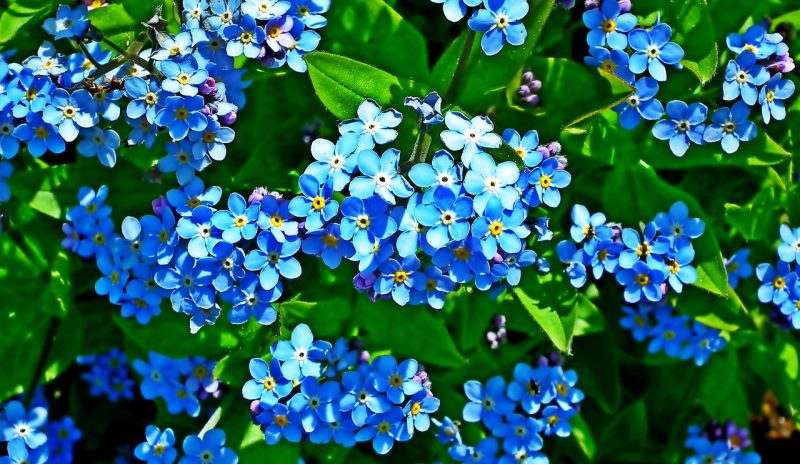
Forget-me-nots are delicate perennial flowers that can be seeded in July for late summer blooming. They produce charming blue flowers and thrive in partial shade, making them ideal for woodland gardens or shaded areas. Plant seeds in well-drained soil about ¼ inch deep, and be patient, as they may take some time to germinate. Once established, they can spread, creating beautiful patches of blue that brighten up shaded corners.
Foxglove
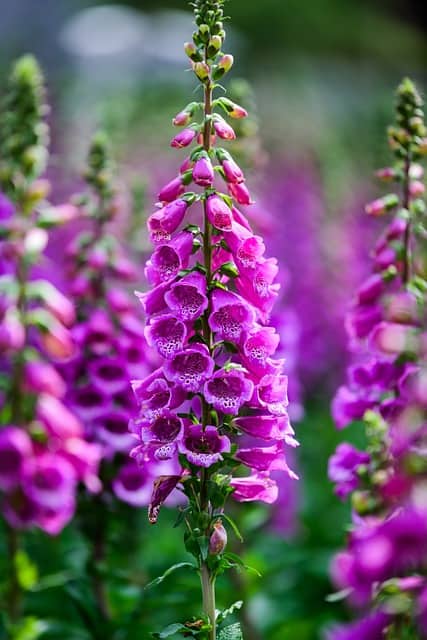
Foxglove, with its impressive spires of tubular flowers, can also be planted in July. These plants prefer rich, well-drained soil and partial to full shade. Sow them about ¼ inch deep in your garden or start them indoors. While they may require patience for the first bloom, foxgloves are biennials and will beautifully reappear year after year. Their stunning blooms attract pollinators, making them a great addition to your flower garden.
Cosmos

Cosmos are easy-to-grow garden flowers that thrive in the summer sun. Planting cosmos seeds in July is perfect for extending your flowering season into the fall. They prefer well-drained soil and can tolerate drought, making them low-maintenance. Direct sow seeds about ½ inch deep in well-prepared beds, and enjoy the cheerful, colorful flowers that attract butterflies and other beneficial insects.
Basil
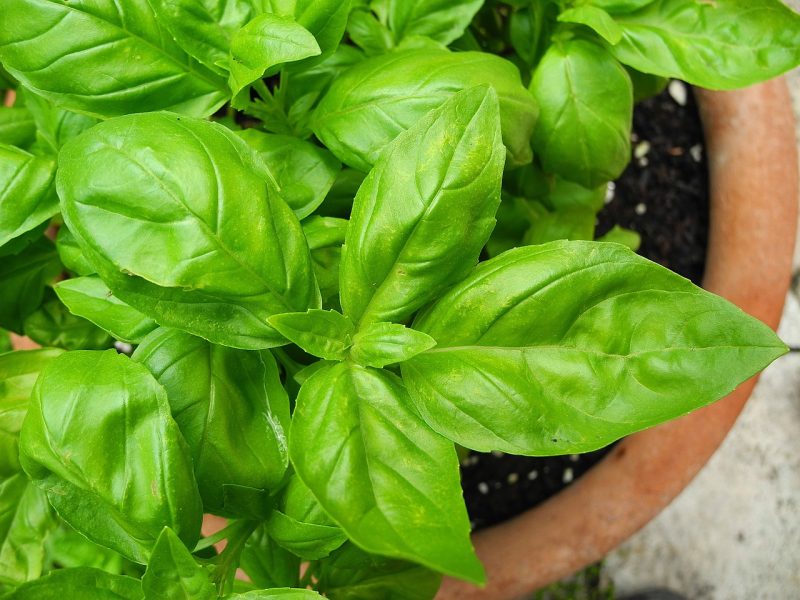
Basil is a beloved herb that thrives in warm weather, making July the ideal time to plant. This fragrant herb grows well in well-drained, nutrient-rich soil and loves full sun. Sow seeds directly in your garden or container about ¼ inch deep, and thin out seedlings to ensure proper airflow. Keep the soil evenly moist and pinch back flower heads to encourage bushier growth. With a little care, you’ll have a bountiful harvest of aromatic basil for culinary creations all summer long.
Cilantro
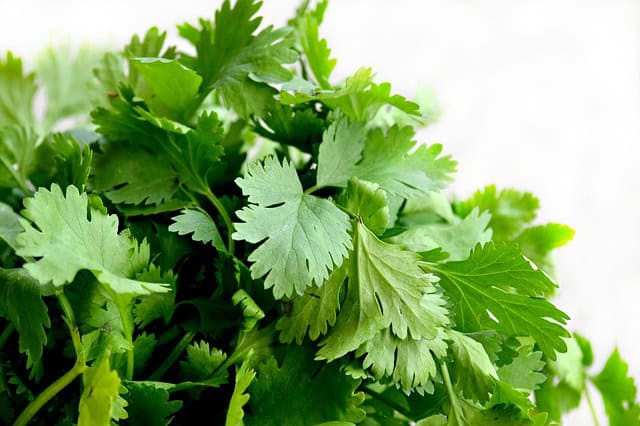
Cilantro, another culinary favorite, can also be planted in July. This herb grows best in cooler weather, making late summer plantings ideal. Cilantro prefers well-drained soil and partial shade to thrive. Sow seeds directly in your garden about ½ inch deep, and keep the soil moist. Regular harvesting of the leaves ensures the plant continues to produce throughout the growing season, providing freshness for salsas, salads, and various dishes.
Parsley
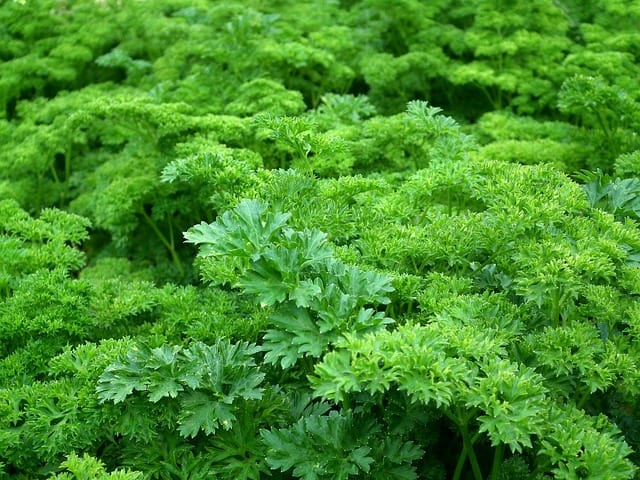
As a versatile herb, parsley is perfect for planting in July for those looking to enhance their culinary creations. This biennial herb prefers well-drained soil and can thrive in both sunny and partially shaded areas. Directly sow seeds about ½ inch deep and water regularly. With some patience, parsley will establish itself, ready to offer fresh, flavorful leaves throughout the summer and fall.
Oregano
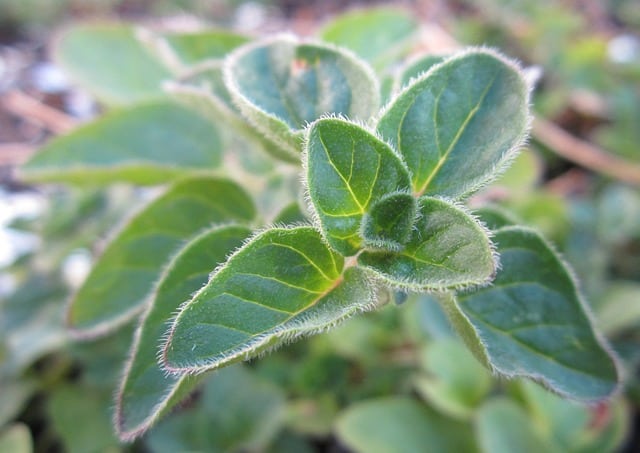
July is an excellent month to sow oregano seeds for those looking to cultivate this aromatic herb. Oregano flourishes in well-drained, moderately fertile soil and loves sunny locations. Growing oregano not only provides your kitchen with fresh flavor but also attracts beneficial insects. Sow seeds about ¼ inch deep and expect germination within a couple of weeks. Once established, oregano is a hardy herb that can thrive even with minimal care.
Red Shiso
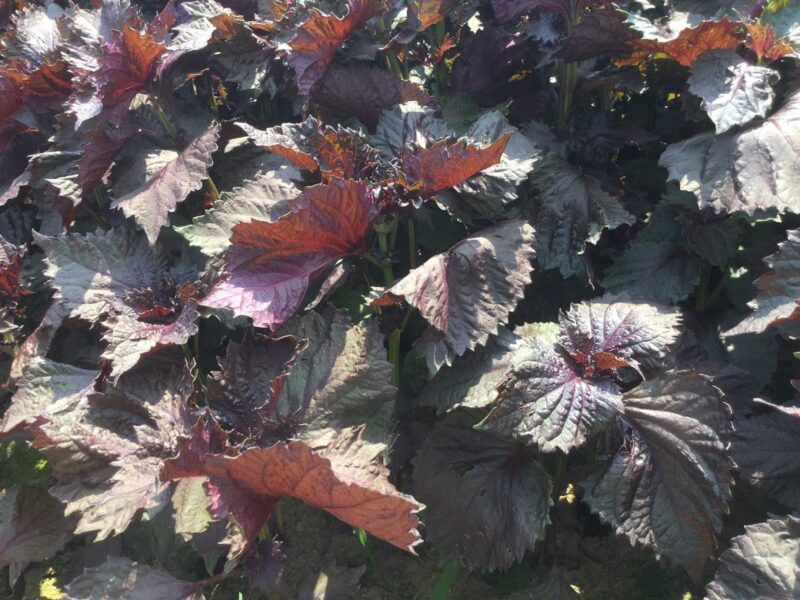
Red shiso is an exciting addition to any herb garden, popular in Asian cuisine for its unique flavor and vibrant color. July is an excellent time to plant these aromatic leafy herbs. They prefer well-drained soil and full sun, but they can tolerate some shade. Sow seeds about ¼ inch deep, and once they mature, use the leaves fresh in salads or as a ground cover in dishes for a delightful pop of flavor and color.
Dill
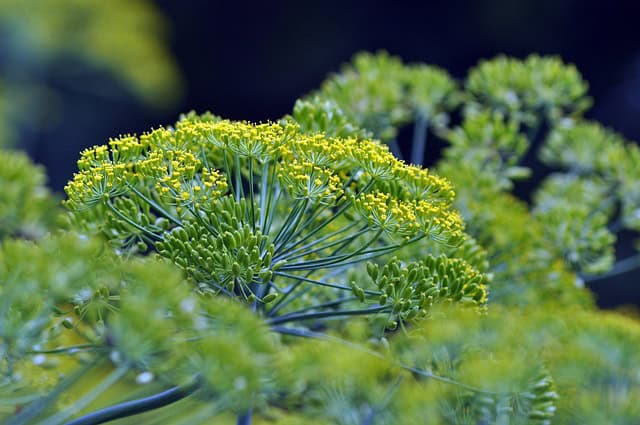
For those who love pickling and seasoning, dill is a highly valuable herb to grow. Planting dill in July will allow you to enjoy its fresh flavor during late summer. This herb prefers well-drained, fertile soil and full sun, making it easy to cultivate. Sow seeds about ½ inch deep, and once sprouted, thin the plants to give them space. Dill will attract beneficial insects while also providing fresh flavor for pickling and culinary uses.
Peppermint
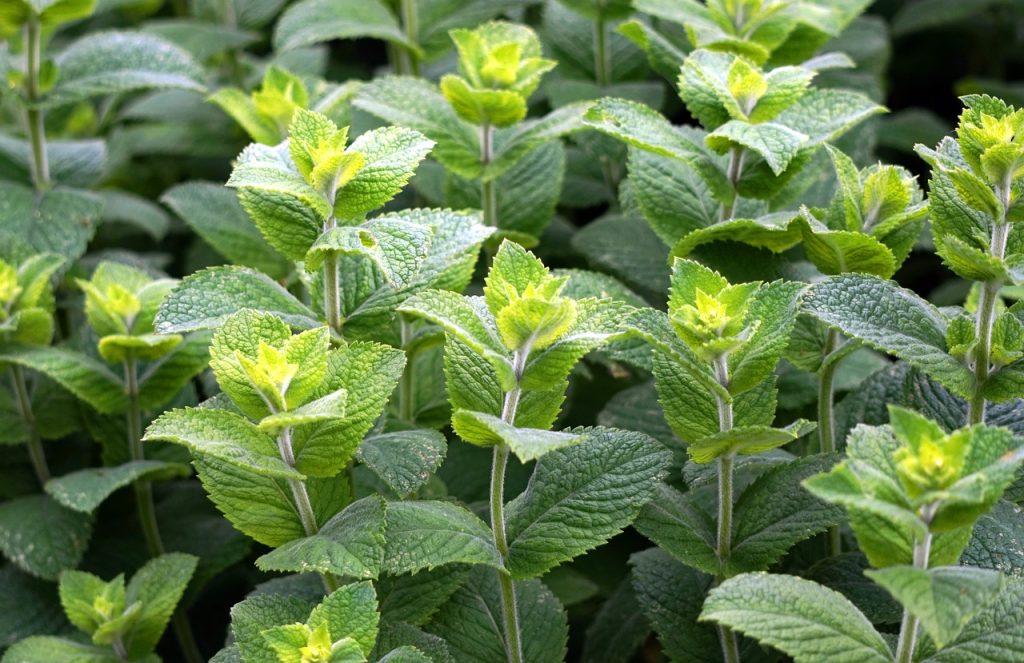
Peppermint is a refreshing and versatile herb that thrives in containers or garden beds. Planting peppermint in July is an excellent idea, as it grows vigorously in warm weather. Although you can start from seeds, many find it easier to propagate from cuttings. Mint prefers moist, well-drained soil and can tolerate partial shade. Keep it contained to prevent it from spreading too aggressively. Enjoy fresh peppermint leaves in teas, salads, or desserts with proper care throughout the summer.


